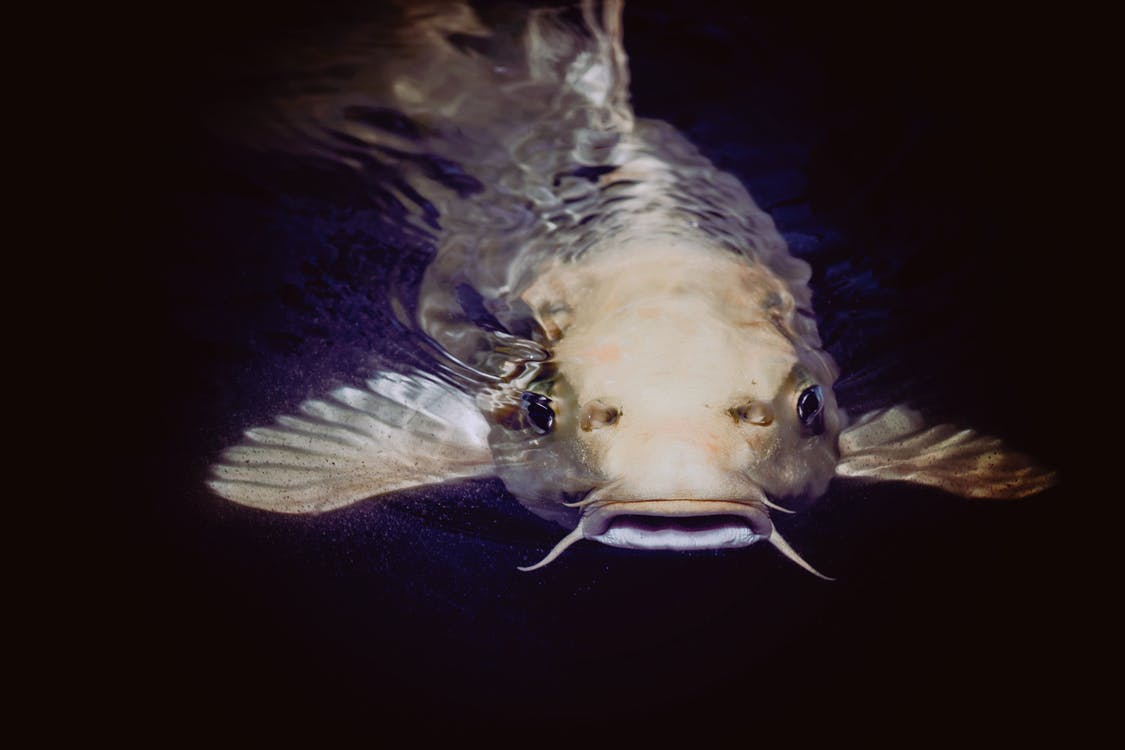For most people, hearing the word ‘catfish’ probably makes them immediately think about the large river fish. But this post is about the catfish that you keep in aquariums. Much like their river counterparts, the aquarium catfish has many different species. Because of this, you have many different colors and types of catfish to choose from. But this is just one reason why people love keeping catfish in their home aquariums.
Another reason why catfish are great aquarium pets is that they are easy to take care of. Most species of freshwater catfish are peaceful and get along well with the other fish sharing space with them, according to longtime aquarium keeper Michele Taylor at AquariumfishCity. When it comes to their size, freshwater tank catfish such as the Otocinclus Catfish are a mere inch long. Other species such as the Mekong Giant Catfish can grow up to ten feet long. Most tank water catfish species grow up to an average 12 inches at their peak. However, there are always exceptions.
The Most Popular Aquarium Catfish Species
Bristlenose Pleco
These catfish have a peaceful temperament and feed on algae. The Bristlenose Pleco spends its time cleaning the water tank’s bed, getting rid of algae and leftover fish food. They do well with most freshwater fish species and thrive in tanks with up to 40 gallons (or more) capacity. This species of catfish is easy to take care of (even for beginners). They grow up to four or five inches at an average.
The Bristlenose Pleco is herbivores and is a nocturnal species. Be sure to provide plenty of hiding spots such as rocks or ferns in the tank.
Corydora Catfish
This species of catfish is almost a staple in aquariums. They are hugely popular because they require minimal care and fare well even in reef tanks with just 20 gallons capacity. The Cory catfish is also a scavenger, feeding on leftover fish food at the bottom of the tank. This fish falls under the ‘schooling’ group of fish. This is why you must keep them in groups of a minimum of six. The Cory Catfish is sociable by nature and does not do well alone. However, you don’t want to place them with aggressive fish species.
The ideal tank environment for this bottomfeeder is one that is filled with sand. Avoid placing it in a tank that has sharp substrates or coarse gravel. Diet-wise, this catfish species is omnivores.
Upside-down Catfish
It’s all in the name – this fish spends most of its time swimming in an upside-down position. It tends to swim upside when it is at the surface of the tank, but typically swims right-side-up when looking for food at the tank’s bottom.
The Upside-down Catfish is peaceful too and does well in community tanks. Ideally, it requires a tank with about 30 to 40 gallons capacity. It is a sociable species so you want to keep at least six of them together in a tank. The Upside-down Catfish also loves a tank that has plenty of plants, especially ones with broad leaves.
Glass Catfish
This fish species gets its name because of its completely transparent body. It is another type of catfish under the ‘schooling’ group. It’s advisable to house at least five or six of them in one tank. If kept alone, Glass Catfish tend to get stressed and become reclusive.
Another special feature about this catfish species is that it prefers somewhat dark tanks. So if your fish tank is well-lit, provide plenty of hiding places for them to take shelter in. In terms of diet, the Glass Catfish is omnivores – a mixed diet of frozen dried blood worms and high-quality flakes is ideal.
Striped Raphael Catfish
If you’re looking for a larger species of catfish, this one is it. In the right environment, the Striped Raphael Catfish can grow up to seven to ten inches. Because of its size potential, this fish requires a tank with a 60 plus gallon capacity.
Despite its large size, the Striped Raphael Catfish has a peaceful temperament and does well in both community and aggressive fish tanks. It can survive in tanks that have predator fish because although peaceful, this catfish species has armor to protect itself from predators.

